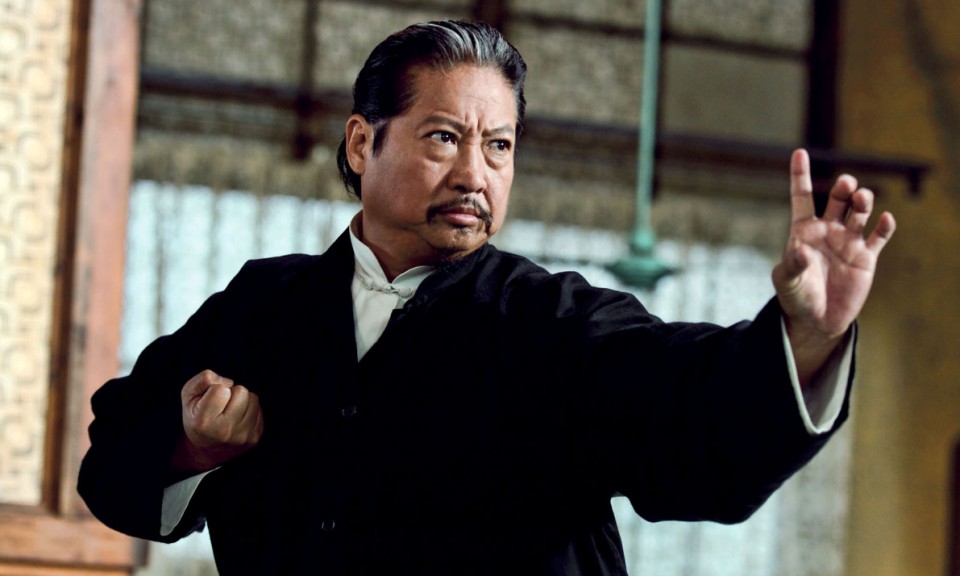
A few words about the “one finger bridge” and the “three extensions”. Back in the days in the Hon Chung Gymnasium in Hong Kong this gesture – so peculiar to Hung Kuen and a significant symbol in the Chinese secret societies tradition – was held in great consideration and trained with care.
Today, thanks to YouTube, I notice that a lot of people practice this gesture in a way that master Chan considered wrong. Here’s a few tips to execute it in the pure “729 Nathan Road” way.
Tip 1 – Master Chan was clear that the “three extensions” must be executed back and forth in a nearly rectilinear movement. There is a slight curve going up while pushing and going down while pulling. Pulling back the hand with a semicircular movement that brings it down to the hip and then up again at the shoulder before pushing was considered a mistake. See seconds from 06 to 10.
Tip 2 – The movement is executed with a progressive increase of the muscular tension that reaches the maximum at the end, to be quickly released before starting again in the opposite direction. The hands push and pulls with the same intensity and effort in both directions.
Tip 3 – The breathing goes consequently, breathing out while pushing and pulling, then breathing in quickly (or: relaxing the diaphragm and letting the air get in) while releasing the muscular tension. This is a great fact that I am sharing now, for the benefit of whoever wants to get it: in our family’s Hung style breathing in never happens while contracting the muscles or even worse executing a technique. For this reason we did not breath in while pulling the hands, as many people of other schools do.
Tip 4 – The eyes never point at the hand, but look in straight in front. I have a good memory about this: that when my eyes were attracted by the tip of his finger while executing the technique in front of master Chan, he shook his head, then pointed his index finger alternatively at my eyes and at the tip of my finger and told me “don’t see” (meaning “do not look at the finger”). Unforgettable.
Tip 5 – This is even more important when executing the Dragon part of Sap Yin Kuen or for the whole Tit Sin Kuen. Contractions are executed breathing out and breathing in happens at the end of every movements, when relaxing the diaphragm, creating volume in the chest and letting the depression sucking in the air. These advanced forms are meant to be healthy, but internal overpressure is neve healthy. Be careful!
Hope this can be useful to people who want to follow the way of the pure Hung Kuen style as taught in the Hon Chung Gymnasium in the late Seventies and early Eighties, avoiding contaminations and distortions.
For any further details fell free to get in touch.